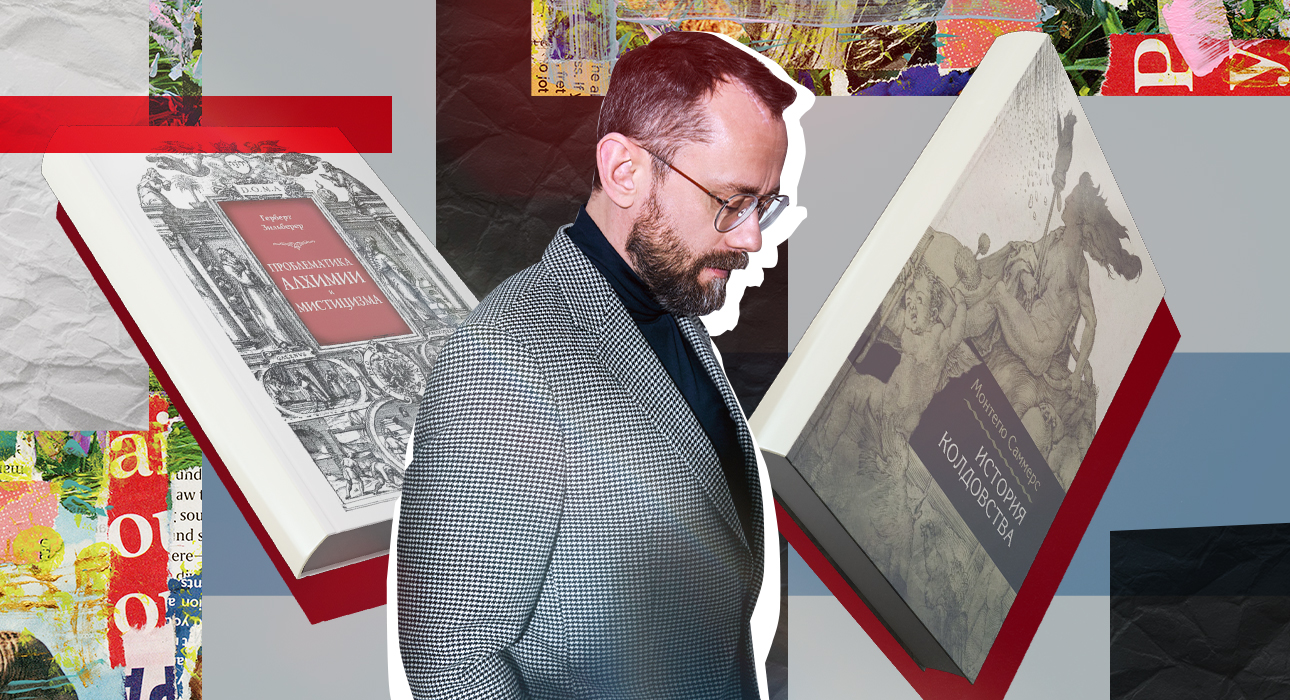Questions about what to watch or what to read can be asked, it seems, endlessly and more than once – after all, any good work, be it a book, a movie or a TV series, unfortunately, sooner or later ends and leaves. Its audience or reader is in the throes of new searches. But there is some good news, too.
To make your task easier, every week we ask our columnist Konstantin Obraztsov – the writer, author of “Red Chains”, “Hammer of the Witches” and other books, as well as the creator of the “Sample Reading” show on YouTube and the “Obraztsov” channel on Telegram – the best in the world to share his collection of good literature and TV series with diamonds.
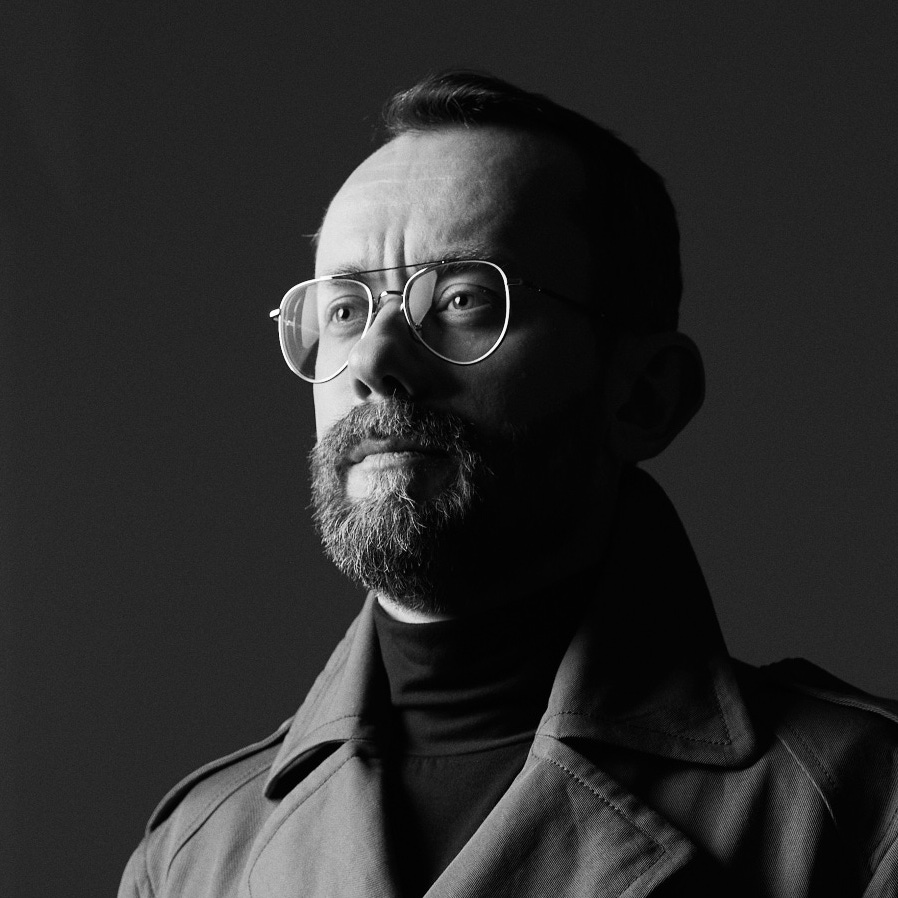
Konstantin Obraztsov
On today’s agenda are the best non-fiction works about mysticism and the occult.
“The problem of modern man is the belief that he knows everything and about everything, but in fact he only reads the labels that someone has attached to objects and phenomena, and, moreover, they are signed with errors.”
Without false modesty, I will begin today with a famous quote from my novel “Red Chains”: it was written ten years ago, but little has changed since then. For many, alchemy is still about getting gold from lead, astrology is about natal charts compiled by an astrologer with a beautiful page and good reviews, and for the skeptical majority all this, along with witchcraft, witches and vampires, belongs to the sphere of witchcraft. Superstitions that no decent person can take seriously.
Even if you made a conspiracy for good luck the other day, even if you consider mysticism and occultism as a work based on ignorance, you cannot deny the obvious: magic, alchemy, astrology, vampireism, witchcraft are important phenomena that seriously influence and maintain them. influence, modern life, culture.
Unfortunately, it can be difficult to truly understand this phenomenon: you have to choose between classical texts that are too difficult for modern perception, and straightforward pop music that makes artistic fiction seem real.
Today’s selection includes the best and most fascinating non-fiction books about mysticism, whose authors explore the topic in an adult and serious way.
Augustus Montague Summers, History of Witchcraft, History of Vampires
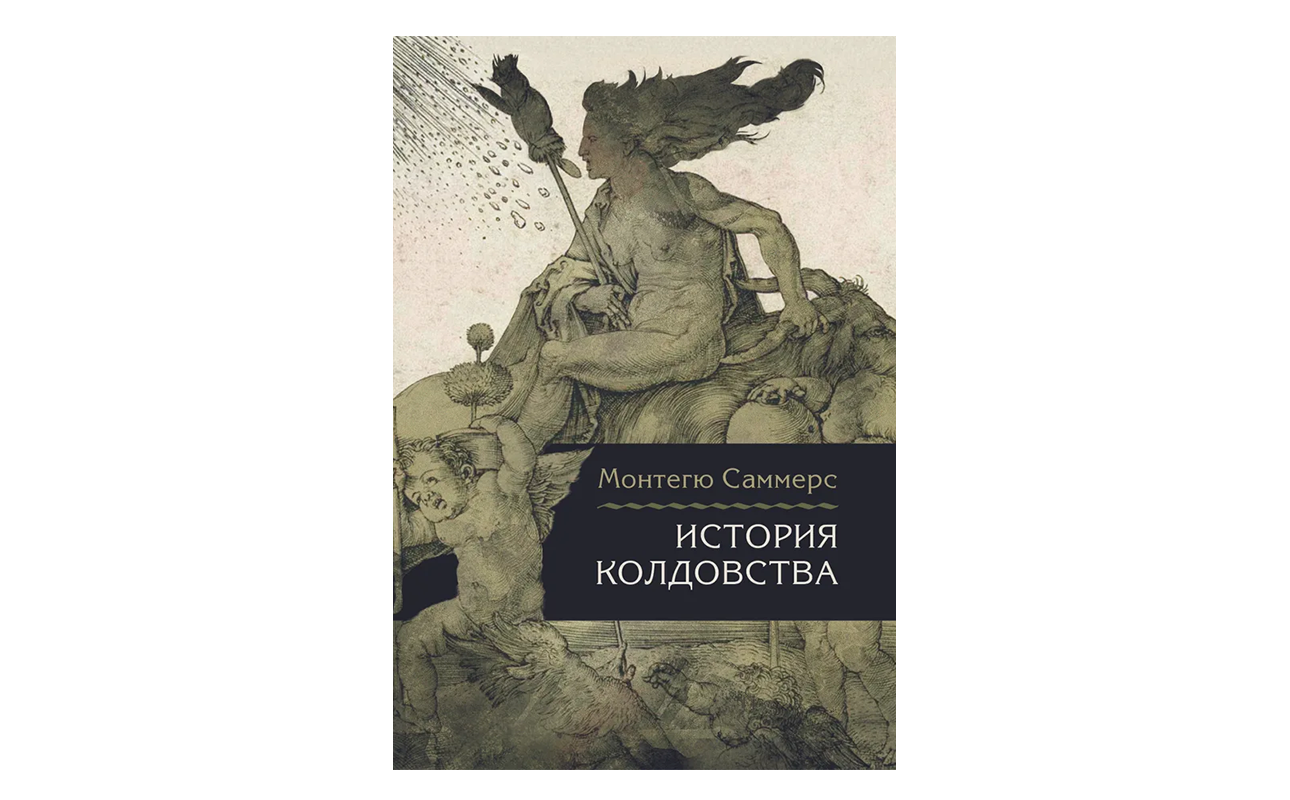
Augustus Montague Summers was one of the most educated people in England at the beginning of the last century: he gained fame as a poet, theater producer, literary critic and teacher, successfully combining this with the service of a Catholic priest. But the biggest and well deserved! – his research in the field of the occult brought him fame.
Her first book, “The History of Witchcraft,” was published in 1926 and became an instant bestseller. The point was not just that Summers collected a huge amount of factual material under one cover: he convincingly proved his belief in the real existence of witches, satanic rituals and black magic. In the age of triumphant rationalism, this seemed surprising, to say the least, but Summers’s deep knowledge of the subject and his excellent education confused even the most skeptical rationalists.
As if this were not enough, in August 1928 Montague Summers published another work: “The History of Vampires” or literally translated as “Vampire: His Relatives and Friends”.
It sounds like the name of a prequel to a popular TV show or comic book series, but it’s anything but.
This is a purely academic study of the origins of vampireism as a phenomenon, an analysis of folklore and literary sources, a comparison of the vampire traditions of the East and West, as well as many chilling but very real cases of vampireism and historical cases. documents. If Summers’ first book shook the general public’s belief that witchcraft is something from the world of fairy tales, the second so convincingly proved the existence of vampires that it’s time to pick up the poplar stake.
Try reading it and before you know it, you’ll be hanging a bunch of garlic by your bedside before going to bed.
Yakov Kantorovich, “Cases of witchcraft in Europe and the Russian Empire”
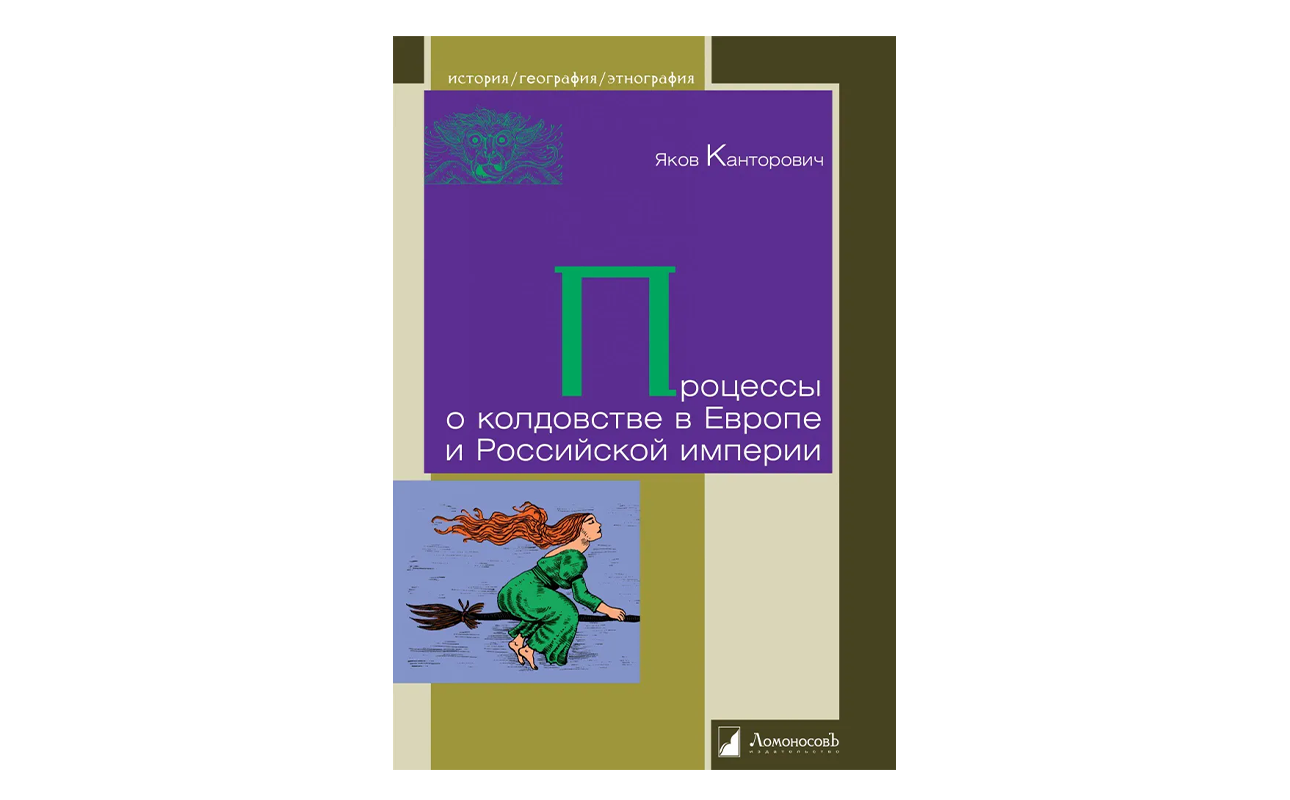
Yakov Abramovich Kantorovich was a man of the most pragmatic profession – Imperial St. He graduated from the Faculty of Law of St. Petersburg University, worked as a lawyer and was engaged in research in the field of law. Yakov Abramovich adhered to progressive views and therefore turned his scientific attention to women’s rights in different countries and in different historical periods. This led to an examination of the so-called “witch hunts” that took place in Europe in the 16th and 17th centuries, and what was intended as a legal work became the most detailed and nightmarish account of the events of those times.
“Medieval Witch Trials” was published in 1899 (“Witchcraft Trials in Europe and the Russian Empire” is the title of the 2014 reprint). This is a real, grisly true crime of mass and inhumanely cruel torture and murder in the 17th century; the only victims here were those named as criminals.
Forget popular stereotypes that only young and beautiful girls are sent to the stake. They burned priests, students, civil servants, merchants, mayors alive along with their families, young children, once even burned two inquisitors who tried to stop the mass frenzy. Sometimes dozens or even hundreds of people were burned in one day. In one region of Germany, the “witch hunt” only ended when there was no one left to harvest the crop.
Kantorovich describes this terrible madness, which has affected Europe for decades, with the detailed characteristics of a real lawyer. Unlike Summers, he is eminently rational and will not convince the reader of the reality of the existence of otherworldly forces, but his “Medieval Processes…” is frightening in a different way.
It becomes scary not because a vampire sneaks into your hut at night or a witch suddenly causes harm, but because you yourself can be declared a wizard or witch with all the ensuing consequences.
Even today and completely serious.
Vadim Rabinovich, “Alchemy as a phenomenon of medieval culture”
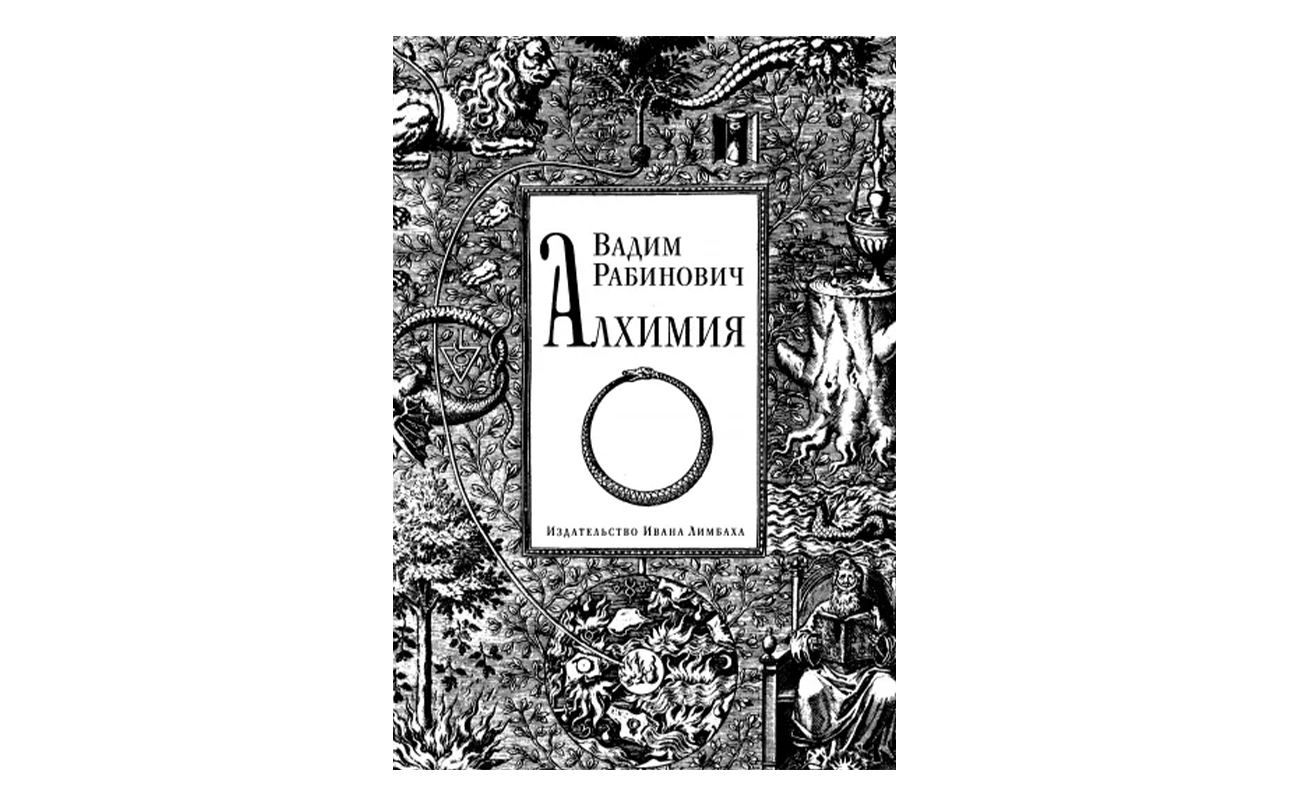
Interesting fact: The most informative and in-depth works on medieval alchemy were written by a Soviet chemist.
The scientific approach does not in any way contradict the serious attitude towards metaphysical practices: Vadim Lvovich Rabinovich graduated from the Moscow Institute of Chemical Technology, has a doctoral degree and the title of Honored Scientist of the Russian Federation, and also wrote several books on alchemy.
It is worth saying that famous scientists were also engaged in alchemy: for example, the 13th century English philosopher and mathematician Roger Bacon, one of the founders of modern medicine, chemist and doctor Paracelsus and even Isaac Newton. Rabinovich’s book “Alchemy…” is also essentially a scientific and cultural work, but it is written in a completely accessible language and is extremely fascinating for anyone interested in medieval symbolism and aesthetics.
After this book, you will understand what alchemy really is, what the philosopher’s stone is, what the ancient Egyptian gods and Chinese Taoists have to do with it, why fairy tales always end with a wedding, and you will also learn to easily read the secrets. Mystical messages encrypted in medieval miniatures. Black dragons, fiery lions, the sun with human bodies, eagles in the nest, strange chimeras and Kabbalistic figures will become increasingly clear, so it turns out that you can find not just funny titles for them. “The Suffering Middle Ages,” but it also sees meanings that few people know about.
Herbert Silberer “Problems of Alchemy and Mysticism”
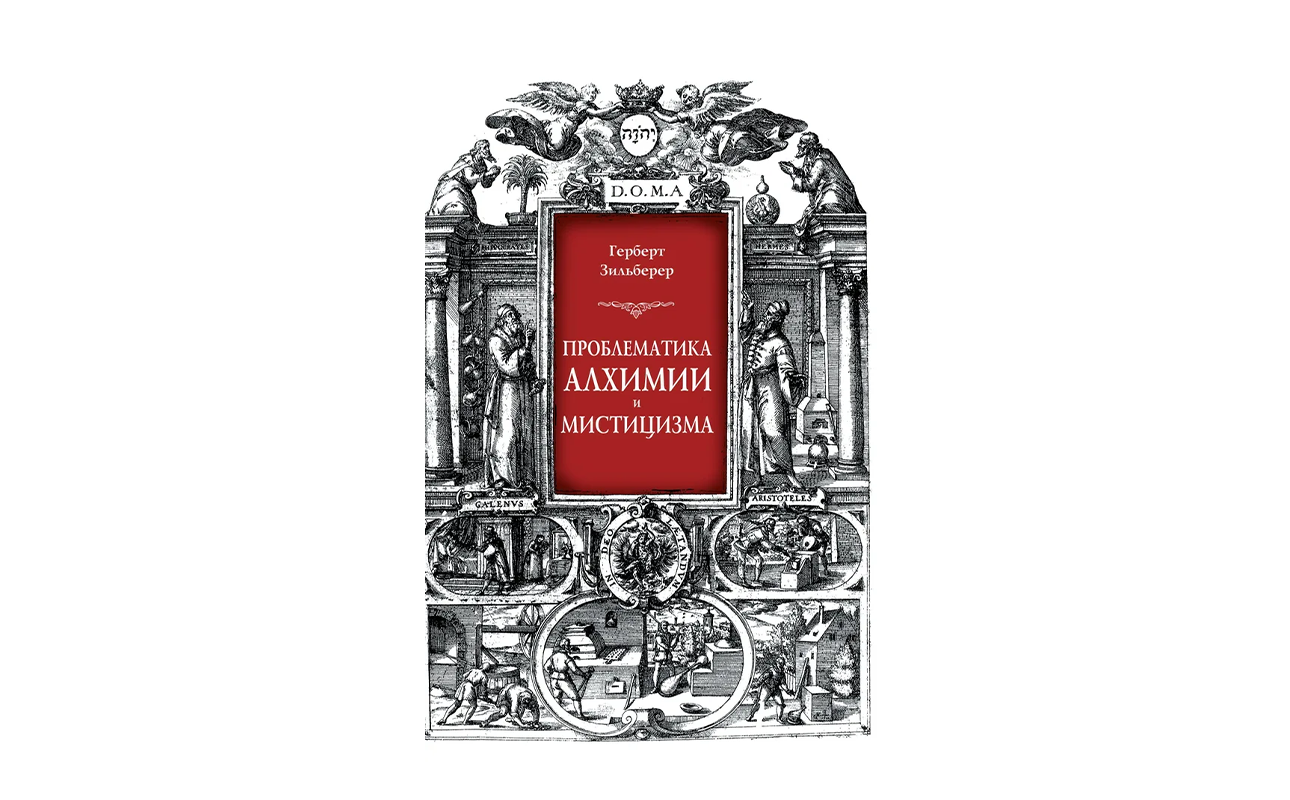
Silberer’s book is another example of the scientific approach to the study of metaphysical cultural phenomena and, unfortunately, a tragic one.
Herbert Silberer studied psychology, belonged to the Viennese circle of psychoanalysts and was a student of Sigmund Freud. In 1914 he published a book titled “Problems of Mystical Symbolism”, which for an unknown reason was renamed “Problems of Alchemy and Mysticism” in the Russian edition of 2017.
As a scientist, Silberer was interested not only in alchemical symbols but also in the deep, psychological aspects of Hermetic, Masonic, Rosicrucian, even yoga and Hinduism. The result was a very interesting look at metaphysics from the perspective of psychoanalysis, and the strange mystical medieval symbols received a Freudian interpretation from Silberer.
The style of “Sorunmatik…” is a bit cumbersome, but a reader familiar with Freud and Nietzsche will have no difficulty in dealing with it. Like his great contemporaries, Silberer created his book not merely as a research work, but primarily as a kind of philosophical treatise designed to help improve man.
Unfortunately, Herbert Silberer’s work was not appreciated by his contemporaries, and Sigmund Freud himself subjected him to brutal criticism. As a result, disappointed, Silberer committed suicide without waiting for recognition. In 1944, Carl Gustav Jung stole and developed his ideas by writing Psychology and Alchemy, but in this work psychoanalysts are much more than mystics.
Kurt Seligmann, “The History of Magic and the Occult”
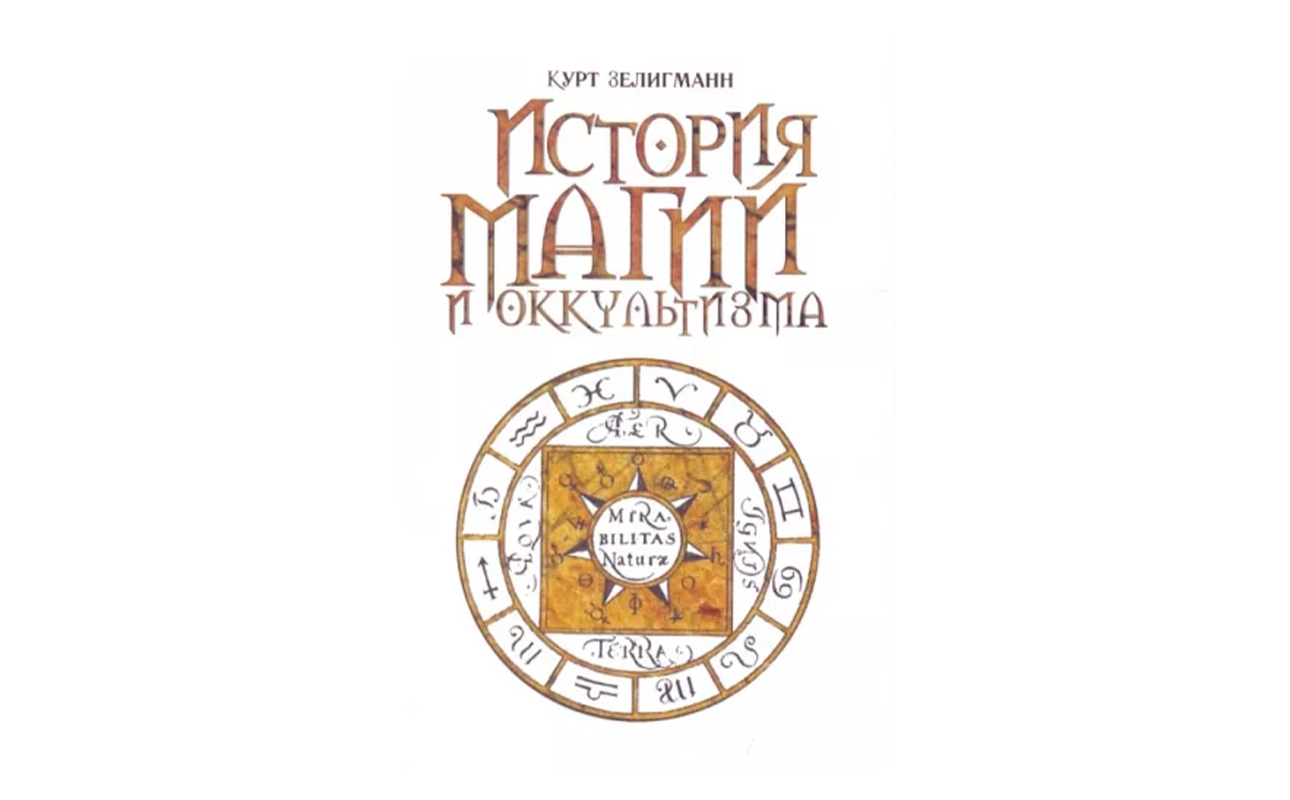
I put this book at the end of the list, and there’s a reason for that.
You have read the text almost to the end, you have covered the path of seven thousand characters – which, for a modern man, is a real achievement, akin to a walking journey of seven thousand miles – and you are worthy of a reward as follows: a shining treasure of mystical knowledge, for Seligmann’s book alone is worth hundreds. Welcome to the circle of the chosen and devoted!
Jokes aside: if you are really interested in magic, mysticism, the occult and everything connected with them, you can just read “Historical …” and that will be enough.
Kurt Seligmann was a successful and very famous surrealist artist who had solo exhibitions in Paris, New York, Tokyo and other cities in the 30s and 40s of the twentieth century.
He worked on his only book on Sufism for more than ten years. The book was published in 1948 with the original title “The Magic Mirror: A History of Magic in the Western World.” This is a real encyclopedia compiled from a series of fascinating articles: here is ancient Mesopotamia, the secret knowledge of Egypt and Chaldean witchcraft; Here there are ancient mysteries, magic of the time of the Roman emperors, Gnosticism, Kabbalah and Tarot, vampires, European witchcraft, secret societies, as well as fascinating biographical sketches of famous alchemists and magicians, from Nostradamus to the legendary Count of Saint-Germain.
The special value of “History of Magic and Occultism” is its bibliography. Seligmann provides a comprehensive list of the sources he used for each of the many chapters of his book, which can be consulted by anyone wishing to explore the subject further. It’s like a map with a thousand paths: You can either stay where you are or strike out on your own, who knows! – maybe one day I will add my own book to the mystical bestseller list.
The best works of mystical non-fiction were created by a priest, a lawyer, a chemist, a psychoanalyst, an artist; Why don’t you try this for yourself too?..
Source: People Talk
Errol Villanueva is an author and lifestyle journalist who writes for The Fashion Vibes. With a passion for exploring the latest trends in fashion, food, travel, and wellness, Errol’s articles are a must-read for anyone interested in living a stylish and fulfilling life.

